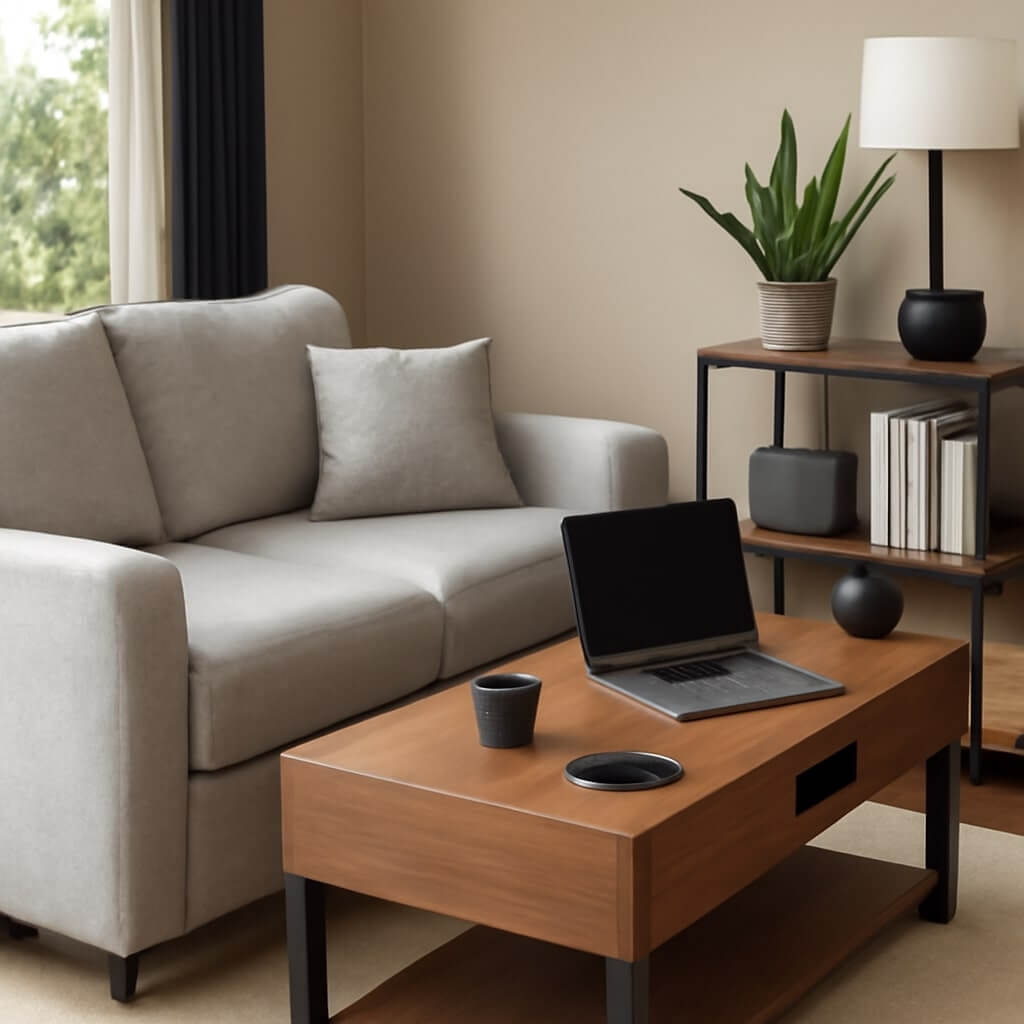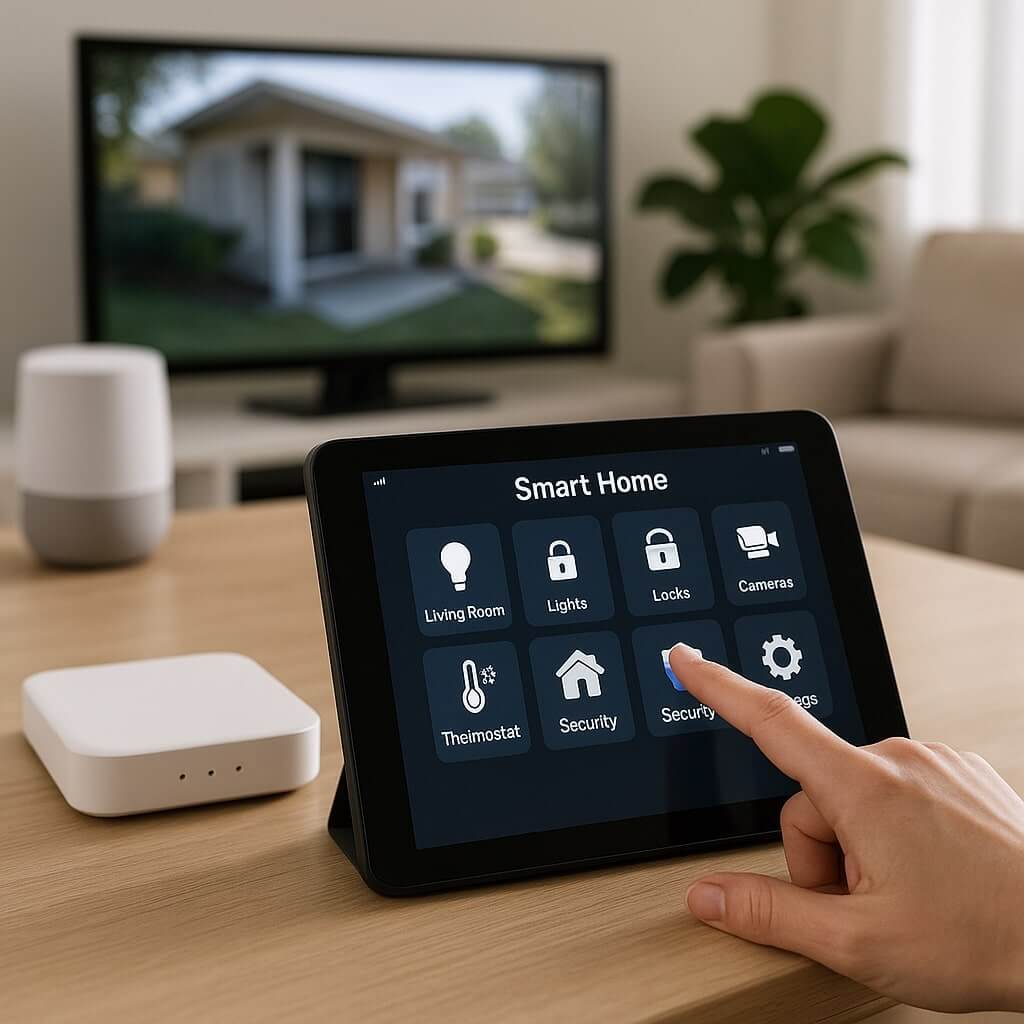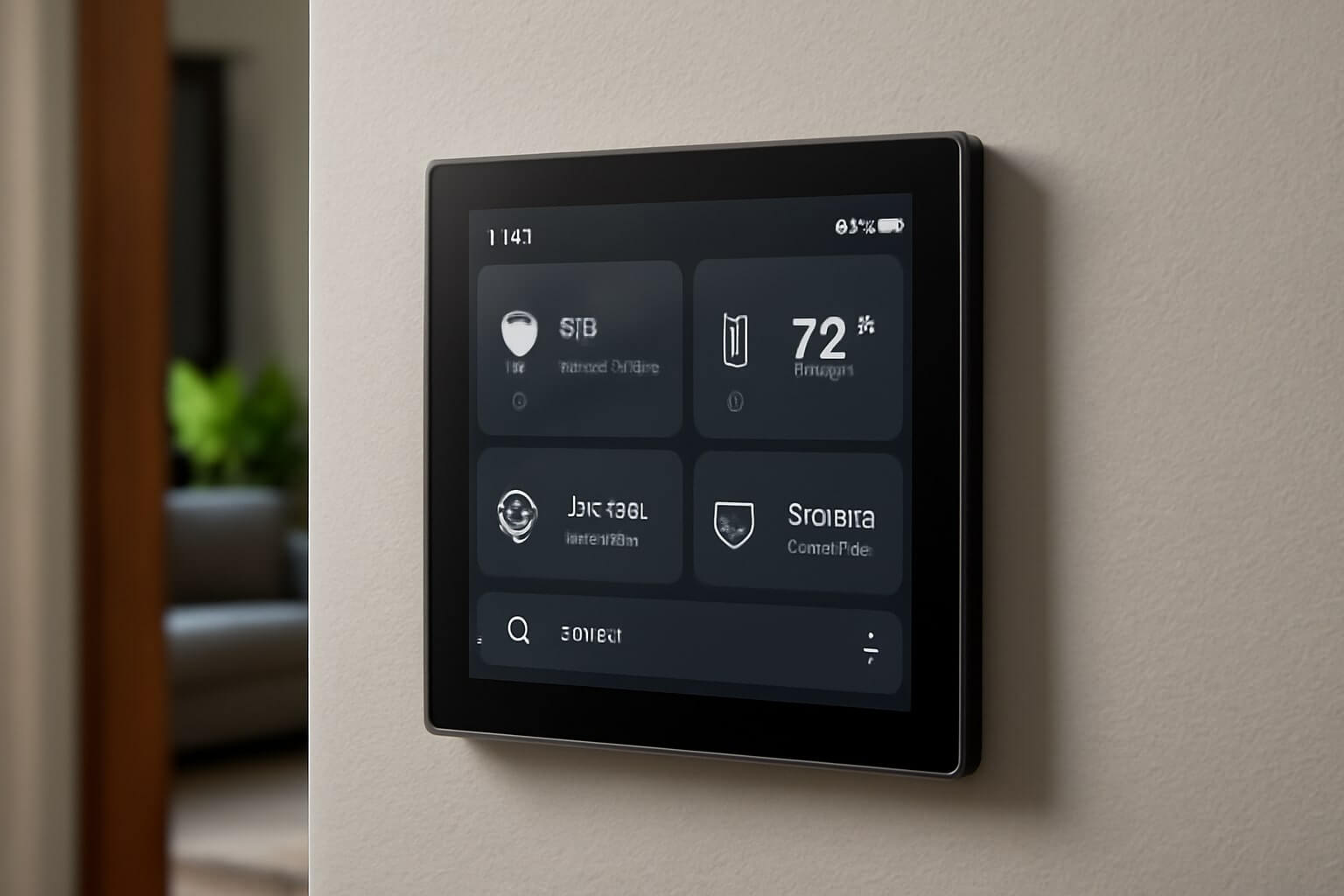In recent years, the concept of smart homes has evolved beyond lighting and security systems to include furniture that enhances convenience, comfort, and functionality. Home smart furniture is at the forefront of this revolution, offering innovative solutions that cater to the needs of modern living. This article delves into the transformative potential of smart furniture, the benefits it brings, and how it is shaping the future of home interiors.
What is Smart Furniture?

Smart furniture integrates technology into everyday household items, enabling them to perform functions that enhance comfort, usability, and convenience. These pieces are often connected to the internet or other devices within the home and can be controlled via smartphones, voice commands, or automated systems. Examples include sofas with built-in speakers, smart beds that adjust based on sleep patterns, and coffee tables that charge electronic devices wirelessly.
Benefits of Smart Furniture
1. Space-Saving Innovations
Smart furniture is designed to optimize space, making it especially valuable for people living in small apartments or homes. Multifunctional pieces like sofa beds, extendable dining tables, and modular shelving units offer more practical use of available space. In small living spaces, smart furniture helps create an environment where every square inch serves a purpose.
2. Increased Comfort and Personalization
Smart furniture adapts to the individual needs of its users. For example, adjustable smart beds can modify firmness or incline based on the user’s preference or health conditions. Recliners and sofas with memory foam that adjusts to body shape can provide maximum comfort, making daily relaxation a personalized experience.
3. Sustainability
The integration of sustainable materials and energy-efficient features makes smart furniture an eco-friendly choice. For instance, many manufacturers use recycled materials for construction, while some products have energy-saving capabilities like automatic dimming of built-in lights. Moreover, by eliminating the need for extra gadgets and clutter, smart furniture can contribute to a more minimalist and environmentally conscious living space.
4. Enhanced Functionality
Smart furniture serves more than just aesthetic purposes. For example, coffee tables with built-in speakers, lighting controls, and charging stations allow homeowners to consolidate multiple devices in one piece of furniture. Furniture that can adjust to different uses, such as a fold-out desk from a sofa, adds an extra layer of functionality to a room.
5. Health and Well-being
Smart furniture can also contribute to physical health. Ergonomic desks, chairs, and beds designed with smart technology can improve posture and comfort, reducing the risk of back pain, neck strain, and other health issues related to poor seating. Some smart furniture even monitors sleep patterns and offers recommendations for better rest.
Smart Furniture for Different Spaces

Living Room
The living room is often the heart of the home, where people spend time relaxing, entertaining guests, and engaging in leisure activities. Smart furniture in this space includes sofa sets with built-in USB charging ports, reclining chairs with massage features, and coffee tables with wireless charging stations.
Bedroom
The bedroom is where people seek rest and relaxation, and smart furniture plays a key role in enhancing comfort. Smart beds can adjust their position, firmness, and temperature, and some even monitor sleep patterns to optimize rest. Additionally, integrated lighting systems in bedroom furniture allow for personalized ambient lighting, creating a more conducive environment for sleep.
Office and Workspace
Home offices are becoming more common, and smart furniture is designed to improve productivity and comfort. Adjustable desks that can transition between sitting and standing positions are especially popular, as they encourage better posture and reduce the negative effects of prolonged sitting. Smart office chairs also provide lumbar support, monitor sitting habits, and adjust automatically for improved comfort.
The Future of Smart Furniture
The future of smart furniture is intertwined with advancements in both technology and design. As smart homes continue to gain popularity, furniture manufacturers are exploring new ways to integrate cutting-edge technologies into everyday living spaces. Here are some trends to look forward to:
1. AI Integration
Artificial intelligence (AI) is set to become an integral part of home smart furniture. With AI, furniture could learn the preferences and habits of its users, automatically adjusting settings like lighting, temperature, and seating positions without any input required. Additionally, AI could improve efficiency by optimizing space usage and suggesting personalized home configurations.
2. Sustainable and Eco-Friendly Materials
As sustainability continues to be a driving factor in the design of modern furniture, future smart furniture is likely to feature even more eco-friendly materials. Expect to see innovations such as furniture made from biodegradable or fully recyclable materials, along with energy-efficient systems that require less power and reduce environmental impact.
3. Integration with Other Smart Devices
Smart furniture will become more interconnected with other devices in the home, such as smart thermostats, security systems, and voice-activated assistants. For example, a sofa could be programmed to automatically adjust its settings based on the temperature of the room, or a smart coffee table could sync with your entertainment system for an immersive movie-watching experience.
FAQ – Frequently Asked Questions
Smart furniture comes in various forms, including sofas, chairs, desks, beds, coffee tables, and storage units. Some feature built-in speakers, wireless charging, adjustable positions, and health-monitoring systems.
Smart furniture enhances your living space by offering multifunctionality, space-saving designs, increased comfort, and personalized features. It can also contribute to better health and sustainability, making it a practical and stylish addition to any room.
Smart furniture can be a worthwhile investment if you value functionality, comfort, and long-term benefits. While it may come with a higher upfront cost, the convenience, health benefits, and space optimization it offers can outweigh the price for many homeowners.
Most smart furniture is designed with ease of use and maintenance in mind. Many pieces feature user-friendly controls, while maintenance is usually limited to keeping electronics and components clean and ensuring software updates are installed.
Yes, most smart furniture pieces are designed to integrate with popular smart home systems like Amazon Alexa, Google Assistant, and Apple HomeKit. This allows for seamless control and automation alongside other smart devices in your home.
Conclusion
Home smart furniture is changing the way we design and interact with our living spaces. By incorporating innovative technologies, these functional and aesthetically pleasing pieces of furniture are making homes more efficient, comfortable, and sustainable. As technology continues to evolve, the future of smart furniture holds even more exciting possibilities, enhancing the way we live and work in our homes. Embracing smart furniture is not just about convenience—it’s about creating a living space that adapts to your needs and improves your quality of life.




